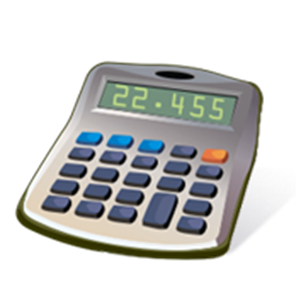eDiscovery Daily Blog
EDRM UTBMS eDiscovery Code Set Calculator – eDiscovery Best Practices

Last month, we discussed budget calculators available from the Metrics section of the Electronic Discovery Reference Model (EDRM) web site. So far, we have reviewed two of the budget calculators, beginning with the E-Discovery Cost Estimator for Processing and Review workbook provided by Julie Brown at Vorys law firm and the Doc Review Cost Calculator provided by an eDiscovery vendor. Today, we will continue our review of the calculators with a look at the EDRM UTBMS eDiscovery Code Set Calculator provided by Browning Marean, DLA Piper law firm; and George Socha, Socha Consulting (and, of course, co-founder of EDRM).
As described on the site, this budget calculator uses the ABA’s Uniform Task Based Management System (UTBMS) eDiscovery codes as a starting point for calculating estimated eDiscovery expenses. Users enter anticipated average hour rates for:
- Partners
- Associates
- Paralegals
- Contract reviewers
- In-house resources
- Vendors
For each relevant L600-series UTMBS code, users enter (a) total estimated hours for each relevant group and (b) total estimated associated disbursements. The spreadsheet then displays:
- A summary of the estimated costs
- Details of the estimated costs for each combination, such as estimated costs of time partners spend planning discovery (Partner and L601)
- Totals by type of person, such as Partner
- Totals by individual UTMBS code, such as L601
- Totals by higher level UTBMS codes, such as L600
This spreadsheet is quite clear and easy to use. It provides a summary section at the top of the sheet for the top level codes from L600 (Identification) to L690 (Project Management), which are fed by the enterable cells to the left and below. All of the enterable cells are in yellow to make it easy to identify where the data needs to be entered (the hourly rates for each of the positions are top left and the total estimated hours are enterable for each position and subcode).
Based on the entered rates and hours within each subcode, costs are calculated and displayed in green for each position within each subcode, as well as a total for each subcode which rolls up to a total for the top level code displayed in blue at the top of the sheet. There is also a column to enter associated disbursements for each code and subcode to reflect those disbursements that don’t tie to an hourly rate. The sheet is protected to avoid inadvertent overwriting of formulas, but there is no password so that the user can tweak formulas if necessary.
This workbook would certainly be useful for tracking eDiscovery costs according to the UTBMS codes, especially for hourly billed activities. It’s not a spreadsheet for estimating costs based on estimated data volumes but rather estimated hours spent by key staff on each phase of discovery. You can download this calculator individually or a zip file containing all four calculators here.
So, what do you think? How do you estimate eDiscovery costs? Please share any comments you might have or if you’d like to know more about a particular topic.
Disclaimer: The views represented herein are exclusively the views of the author, and do not necessarily represent the views held by CloudNine Discovery. eDiscoveryDaily is made available by CloudNine Discovery solely for educational purposes to provide general information about general eDiscovery principles and not to provide specific legal advice applicable to any particular circumstance. eDiscoveryDaily should not be used as a substitute for competent legal advice from a lawyer you have retained and who has agreed to represent you.
